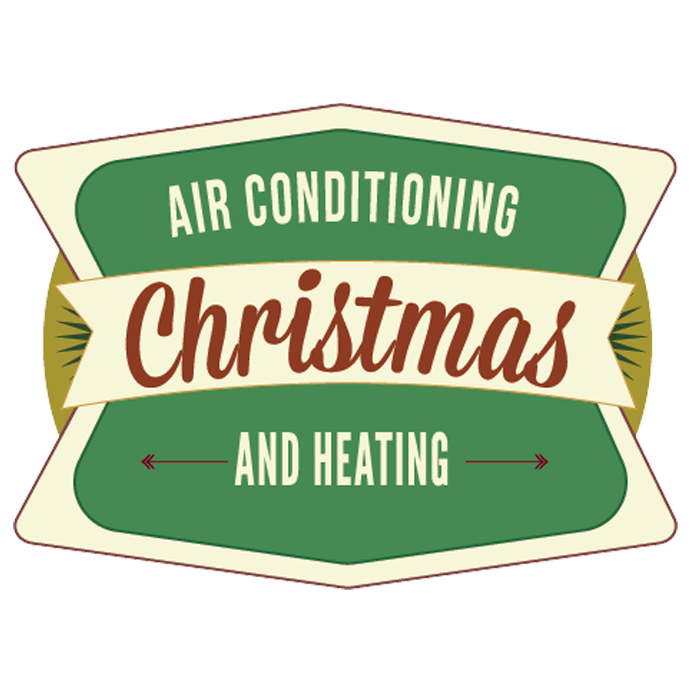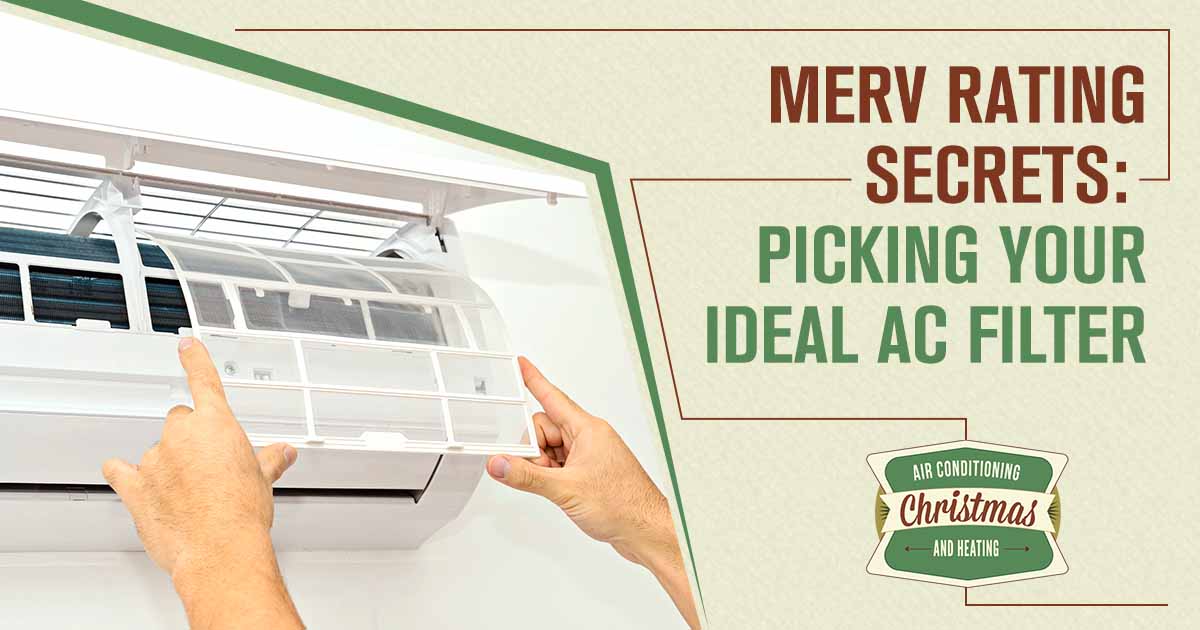The secret to optimal air quality in your home lies in understanding MERV ratings and selecting the ideal AC filter. These filters play a crucial role in trapping dust, microparticles, and other contaminants, working alongside your AC’s refrigerant and pressure systems to maintain clean, healthy air. A well-chosen filter not only improves indoor air quality but also enhances the efficiency of your HVAC system. In this article, we’ll uncover the mysteries behind MERV ratings and guide you through the process of selecting the perfect AC filter for your home’s unique needs.
Understanding MERV Ratings and Your Health
MERV ratings play a crucial role in determining the effectiveness of air filters in removing particles, including smog and viruses, from indoor environments. These ratings, developed by companies like Honeywell, provide valuable information about a filter’s ability to trap various contaminants. As air quality becomes an increasingly important concern, understanding the relationship between MERV ratings, filter materials such as textiles, and their impact on health is essential for maintaining a clean and safe indoor atmosphere.
How MERV Ratings Impact Air Quality
MERV ratings directly influence indoor air quality by determining the effectiveness of HVAC filters in capturing airborne particles. Higher MERV ratings indicate a filter’s ability to trap smaller particles, including pollen, mold spores, and fine pollution particulates, leading to cleaner air circulation throughout the home.
The length of fibers in HVAC filter materials correlates with MERV ratings, affecting their capacity to capture various contaminants. Understanding HVAC filter MERV ratings helps homeowners choose the most suitable filtration system for their specific air quality needs, balancing particle removal efficiency with proper airflow maintenance.
The Link Between Air Filters and Indoor Health
Air filters play a crucial role in maintaining indoor health by reducing airborne contaminants. High-efficiency particulate air (HEPA) filters, which capture particles as small as 0.3 microns in size, effectively remove dander, dust, and other allergens from the air. This filtration process significantly reduces the risk of respiratory issues and allergic reactions among occupants.
The effectiveness of air filters in eliminating odors and preventing contamination depends on their design and MERV rating. Filters with higher MERV ratings can trap smaller particles, including bacteria and viruses, thus improving overall indoor air quality. The following table illustrates the relationship between MERV ratings and particle size filtration:
| MERV Rating | Particle Size Filtered (microns) | Common Contaminants Removed |
| 1-4 | 10+ | Pollen, dust mites |
| 5-8 | 3-10 | Mold spores, pet dander |
| 9-12 | 1-3 | Legionella, humidifier dust |
| 13-16 | 0.3-1 | Bacteria, tobacco smoke |
Breaking Down the Scale: What Each MERV Rating Means
Understanding MERV ratings is crucial for selecting the right HVAC filter to maintain optimal indoor air quality in air conditioning systems. The scale ranges from 1 to 20, with higher numbers indicating greater filtration efficiency. For residential use, ratings typically fall between 1 and 13, each designed to capture different particle sizes and contaminants. Lower ratings effectively trap larger particles like dust mites, while higher ratings can filter out finer particles and fibers. By deciphering these ratings, homeowners can choose filters that best balance their specific air quality needs with their HVAC system’s requirements.
Deciphering Ratings From 1 to 6 for Light Filtering Needs
MERV ratings 1 to 6 provide light filtering for residential AC systems, capturing larger particles like dust and pollen. These filters offer minimal resistance to airflow, resulting in a low pressure drop, which helps maintain system efficiency. While not effective against smaller contaminants or preventing infection, these filters suit homes without specific air quality concerns.
Filters in this range effectively trap debris from sources like chimneys or broken glass, protecting HVAC equipment. The ac filter merv rating in this category balances basic air cleaning with system performance, making them suitable for most standard residential applications. However, they may not significantly improve indoor air quality for those with allergies or respiratory issues.
Exploring Ratings 7 to 13 for Residential Use
MERV ratings 7 to 13 offer superior filtration for residential air handlers, capturing smaller particles and improving indoor air quality. These filters effectively remove volatile organic compounds, pet dander, and fine dust particles, making them ideal for households with allergy sufferers or those seeking cleaner air. The ac filter rating in this range strikes a balance between filtration efficiency and maintaining proper airflow.
Higher MERV ratings within this range, such as 11 to 13, approach the performance of air purifiers, trapping bacteria and smoke particles. However, homeowners should consider the pressure drop ratio when selecting filters with higher ratings, as they may require more frequent replacements to maintain optimal system performance. Consulting with an HVAC professional can help determine the most suitable filter for specific residential needs.
The Science Behind Selecting the Perfect AC Filter
Selecting the ideal AC filter involves understanding the intricate balance between filtration efficiency and system performance. Homeowners must consider factors such as ventilation requirements, heat pump compatibility, and the presence of allergens that trigger sneezes. The choice between fiberglass and more advanced filter materials can significantly impact indoor air quality. By assessing specific air quality challenges and matching them with appropriate MERV ratings, individuals can optimize their HVAC systems for both comfort and health.
Assessing Your Home’s Specific Air Quality Challenges
Assessing a home’s air quality challenges requires careful consideration of various factors, including paint emissions, airborne particulates, and humidity levels. The HVAC system plays a crucial role in managing these elements, filtering out contaminants and regulating moisture to maintain a healthy indoor environment.
Homeowners should evaluate the presence of volatile organic compounds from fresh paint, the accumulation of dust and pollen, and the potential for water-related issues such as mold growth due to excess humidity. By identifying these specific challenges, individuals can select AC filters with appropriate MERV ratings to effectively address their unique air quality concerns and optimize their HVAC system’s performance.
Matching Your Needs With the Right MERV Rating
Selecting the right MERV AC filter requires understanding your home’s specific air quality needs. Filters with higher MERV ratings capture particles invisible to the human eye, including lint and microscopic contaminants tested in laboratory settings. Homeowners should consider factors such as the number of air changes per hour their HVAC system performs when choosing an appropriate filter.
MERV ratings between 8 and 13 typically offer the best balance for residential use, effectively trapping common household pollutants without significantly impacting airflow. These filters can remove up to 75% of particles between 3 and 10 microns in size, providing improved indoor air quality for most homes. However, those with specific health concerns or living in areas with poor outdoor air quality may benefit from higher-rated filters.
Factors Influencing the Lifespan of Your AC Filter
The longevity and effectiveness of an air conditioning filter depend on various factors, including usage patterns, environmental conditions, and maintenance practices. Understanding these influences enables homeowners to optimize their air filtration systems, ensuring peak performance and energy efficiency. By considering elements such as local air quality, frequency of HVAC operation, and adherence to terms of service recommendations, individuals can develop strategies to extend their air filter‘s lifespan while maintaining optimal indoor air quality. This approach not only enhances the overall effectiveness of the filtration system but also potentially reduces long-term costs associated with frequent filter replacements.
How Usage and Environment Affect Filter Change Frequency
The frequency of AC filter changes depends heavily on environmental factors and usage patterns. Homes with pets, smokers, or located in areas with high pollution levels require more frequent filter replacements. Heating systems that use oil may introduce additional particulates, necessitating more regular filter changes to maintain optimal air quality.
High-traffic areas with carpeting tend to generate more dust and debris, shortening filter lifespans. The price of energy also influences filter change frequency, as clogged filters force HVAC systems to work harder, increasing energy consumption. Homeowners in areas prone to wildfires or with frequent smoke exposure should monitor their filters closely and replace them more often to ensure efficient filtration.
Tips for Maximizing Your Filter’s Efficiency and Lifespan
Regular maintenance and strategic placement maximize AC filter efficiency and lifespan. Homeowners should experiment with filter positioning to optimize airflow and reduce the impact of cooking odors and bacteria. Manufacturing processes have improved filter durability, but proper care remains essential for longevity.
During wildfire season, increased filter changes protect HVAC systems from excessive particulate buildup. Homeowners can extend filter life by using pre-filters to capture larger particles before they reach the main filter. This approach reduces strain on the primary filter, prolonging its effectiveness against finer contaminants.
Conclusion
Understanding MERV ratings empowers homeowners to select the ideal AC filter for their specific air quality needs. Higher MERV ratings capture smaller particles, including allergens and pollutants, but may require more frequent replacements due to increased airflow resistance. Balancing filtration efficiency with system performance ensures optimal indoor air quality and HVAC longevity. Regular maintenance and consideration of environmental factors help maximize filter lifespan and effectiveness, ultimately contributing to a healthier living environment.

